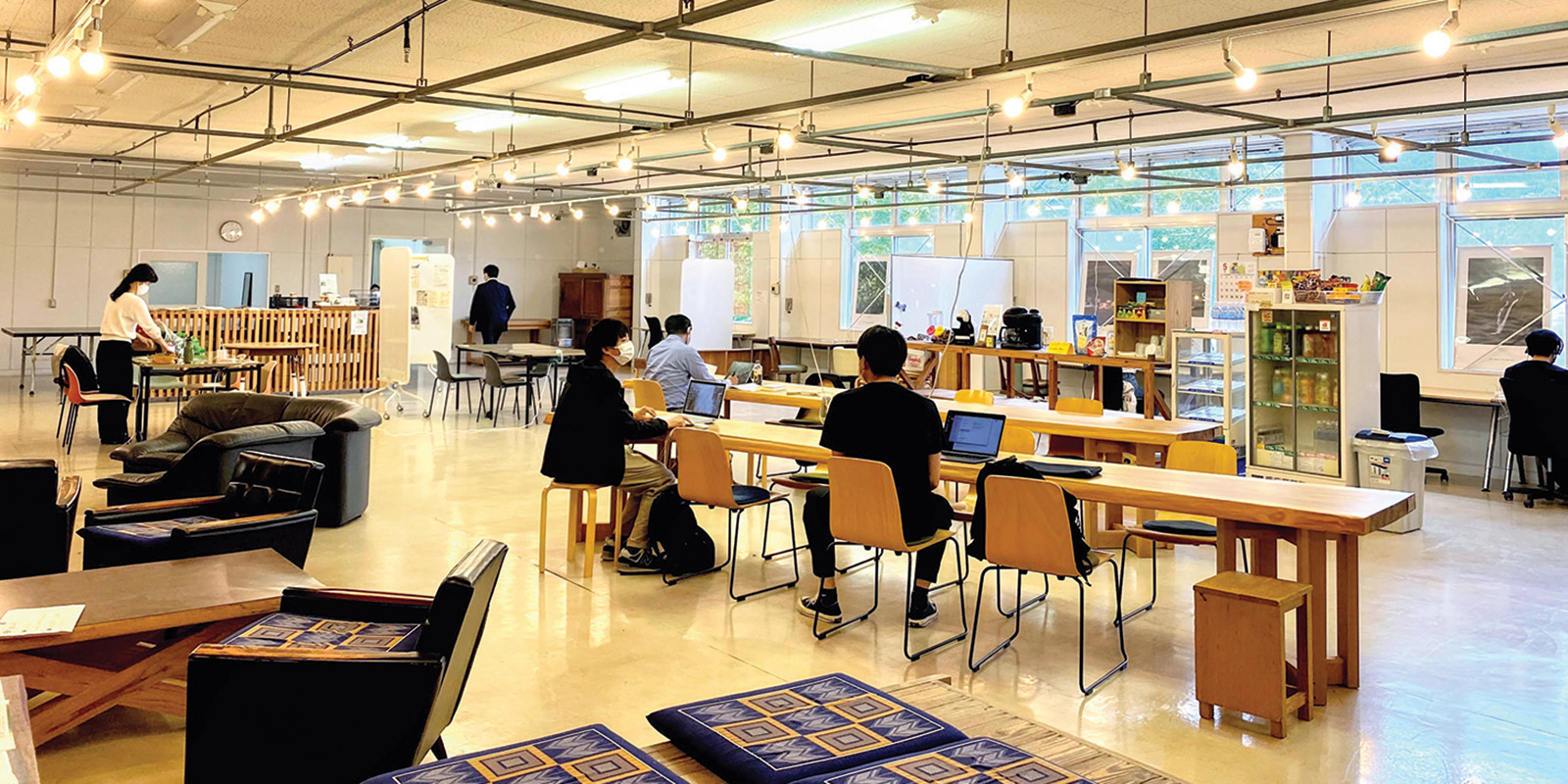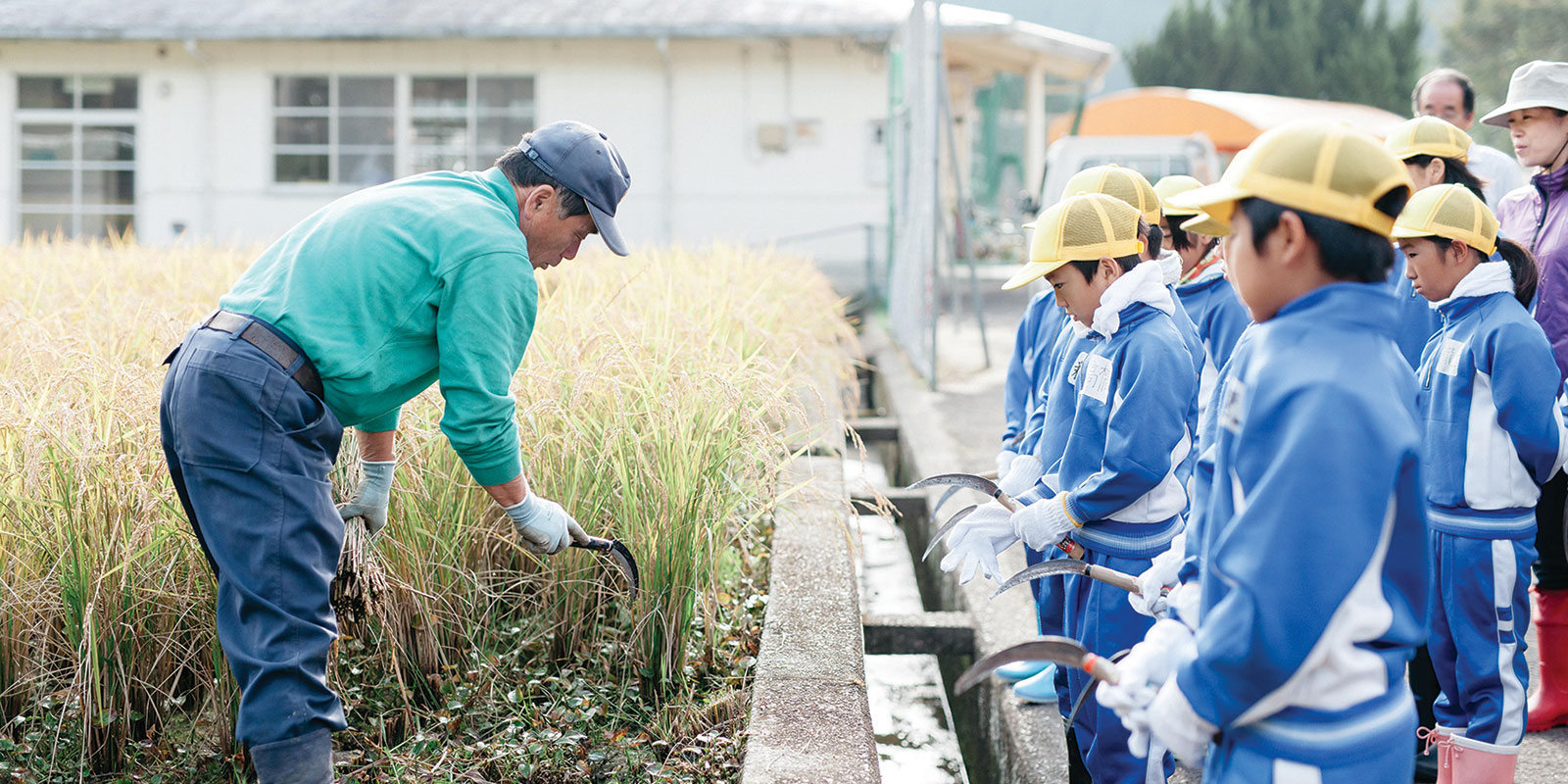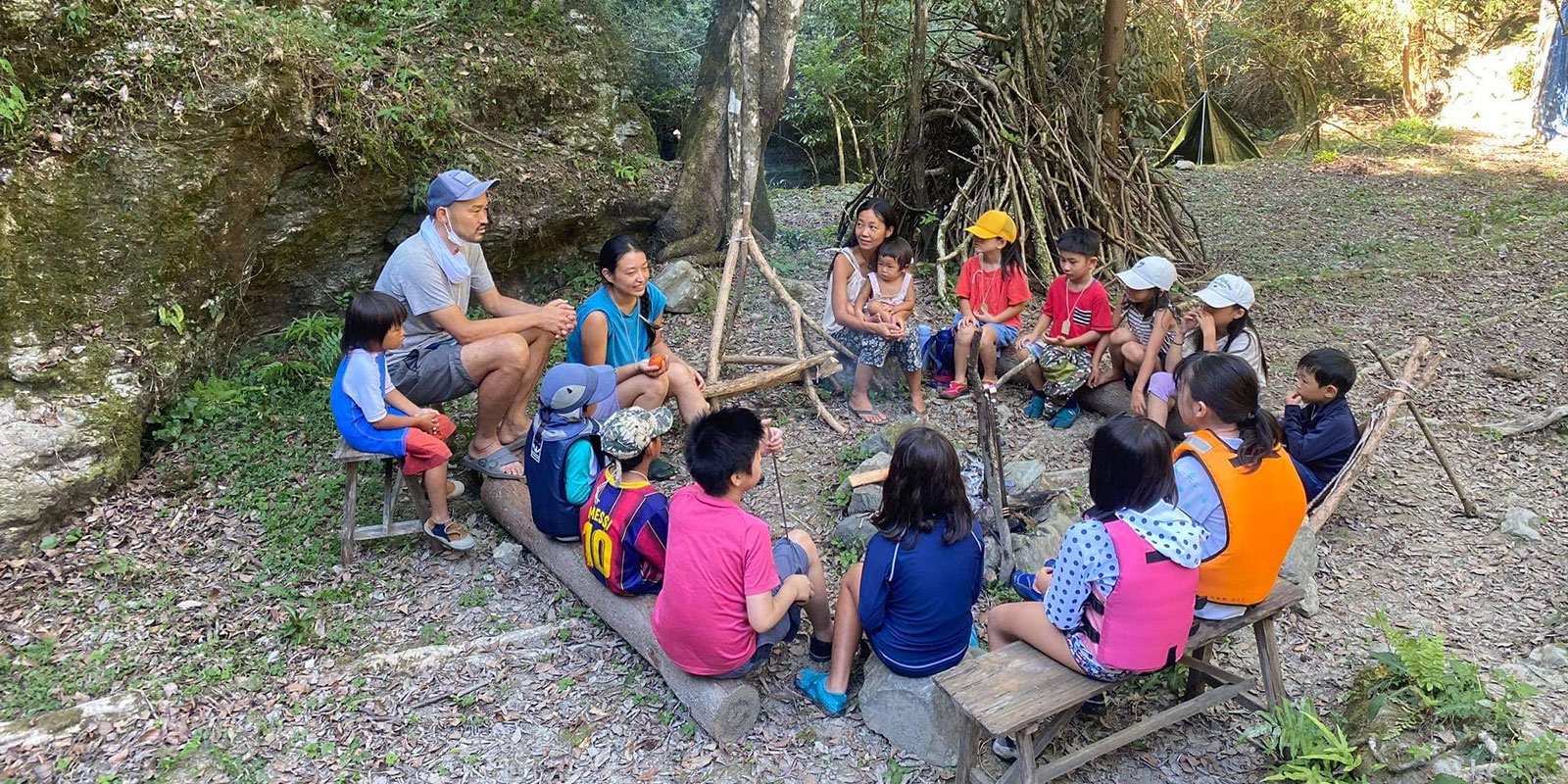How to save a town
While many rural communities have experienced declining fortunes in recent times, Kamiyama has thrived, reinventing and reviving itself as a refuge for artists, entrepreneurs and businesspeople. Akemi Ari lays out how ‘Miracle Town’ has achieved this unlikely feat
Before the 1990s Kamiyama, a picturesque town hidden away in the mountains of Shikoku, was primarily known as a place of pilgrimage for followers of Buddhism and Shinto. Since the turn of the millennium, however, the town has been attracting a new breed of devoted visitors who have revitalized the town and its economic fortunes.
Kamiyama is known as “Miracle Town” due to its success in getting people to come to the area, bucking the trend of people moving from the countryside to big cities. It credits its reinvention to its policy of courting an array of “temporary residents”—people from across Japan looking to find inspiration and revitalization amid the local deer-filled forests or beside the area’s crystal clear streams. Attracting such visitors, many of whom are so enamored with the place they opt to stay, is the foundation of the Kamiyama model of regional development.
The seeds of the open door policy were sown in 1999, when the town launched an artist-in-residence program that has gone on to attract participants from around the world. The Kamiyama Juku training program for job seekers followed in 2010, designed to help young people prepare for full-time employment and for life as an adult in a modern society. It has been welcoming and nurturing young people from all over Japan who come to live in the town for a limited time. The opening of the Kamiyama Marugoto College of Design, Technology, and Entrepreneurship next year is set to provide the biggest surge of temporary residents thus far. At least 40 15-year-olds will be hosted in the town each year, and the total number of visiting students from all grades in the town at any one time is expected to reach 200.
In a town that now has a population of about 5,000, such an increase is sure to shake things up, but this isn’t a town that’s afraid of change. Here are five things that make the place stand out.
 Kamiyama Valley Satellite Office Complex | Akemi Ari
Kamiyama Valley Satellite Office Complex | Akemi Ari
1. Its “workation” environment
While Kamiyama’s charms are timeless, its infrastructure is cutting edge. It boasts broadband speeds several times faster than central Tokyo—along with a mobile network available from high up on the hiking paths down to the riverside.
There are several Airbnb properties in the town suited to modern workations. For example, B&B On y va & Experience, housed in a former sake brewery built in the latter years of the Edo period (1603-1867), is famed for its sustainability-focused experiences.
If you’re looking to enjoy the scenery while getting some work done, head up to the Kamiyama Valley Satellite Office Complex (KVSOC), a co-working space run by Green Valley, the nonprofit organization that’s been instrumental in redeveloping the town. This former textile factory features a wood-burning stove and spacious wooden desks: next door is the Kamiyama Makerspace (KMS), run by local volunteers working on engineering and design, where 3D and laser printers are readily available.
In the town you’ll see the satellite offices of various companies. While the work being done here is no different from that taking place in a central Tokyo office, the location couldn’t feel further away from the city’s bustle.
2. It’s a paradise for networking
The appeal of Kamiyama is found in the close relationships that exists here among newcomers, local residents, and the people in charge of community development. Everyone from the engineers and entrepreneurs at KVSOC to the staff at the local B&B talk of the “Kamiyama connection” and the benefits it brings.
Mitsuru Sato, founder of the Osaka-based IT company Dream Jack, set up a satellite office in Kamiyama in 2021. “People here are so welcoming and happy to connect people with each other,” he says. “It’s been four months since we opened the office, and I feel like I’ve gained much more inspiration during that time than I would have in the city.” Sato says that in Osaka he wouldn’t even visit other businesses in the same building, but in Kamiyama he’s collaborated with people from a range of fields. “It’s really fun just talking to [our neighbors],” says Sato. “I would definitely recommend other business owners to set up an office in Kamiyama, too. Even if you’re only doing it temporarily, I think it’ll have a positive effect on your business.”
 As part of the Food Hub Project, farmers share the knowledge of agriculture with locals | Akemi Ari
As part of the Food Hub Project, farmers share the knowledge of agriculture with locals | Akemi Ari
3. It’s a sustainable community
In 2021, the Kamiyama government built 20 renewable energy-powered homes out of 100% local wood. Designed to appeal to families with children, these are now inhabited by more than 60 people including engineers, entrepreneurs, and artists. Residents consult and cooperate with each other on everything from gardening and composting to childcare, with these informal connections helping to foster a new sustainable community.
Social life is centered on the Akuigawa Common, a building on the property built out of local cedar wood. Open to everyone—from residents of the housing project to visitors from out of town—free of charge, it functions as a playground, gathering place for the elderly, library, and co-working space.
Pellets made from local wood are burned in the development’s high-tech boiler building to produce heat, reducing the community’s electricity needs, while the nearby Bionest converts weeds and branches into fertilizer. Sustainable initiatives such as these mean that among municipalities in Japan with a population of less than 100,000, Kamiyama generates the least amount of waste.
4. It embraces the future of food
As is the case in many parts of rural Japan, the number of farmers in Kamiyama is steadily decreasing. Hoping to turn the town’s prospects around, Kaoru Shiramomo, a former town employee whose parents are farmers, and Taichi Manabe, an employee of Monosus, a Tokyo-based IT company with a satellite office in Kamiyama, took the lead in planning the Food Hub Project. In 2016, the local government and Monosus formalized the project in the form of an agricultural corporation.
Hoping to connect small actors in the agricultural field with each other, the company grows its own vegetables using no pesticides or chemical fertilizers, and also purchases from local farmers. The aim is to boost consumption of local produce within the community rather than try to sell it through a large-scale distribution network.
You can eat locally at Kamaya, the Food Hub’s fantastic, down-to earth eatery, where every item on the menu has a locality rating. The Project has also been tasked with providing lunches for the town’s elementary and junior high schools, as well as for the new technical college set to open next year.
 Forest School Mikke | Akemi Ari
Forest School Mikke | Akemi Ari
5. Its vision for education
In years past, the typical path for people from Kamiyama was to leave the town after graduating from junior high school, attend high school and later university elsewhere, usually followed by a job in one of the big cities. However, Kamiyama recently turned its education policy around, and in just a few years the town has seen impressive results.
When the only agricultural high school in the town set up a “farming village project” that focuses on having students solve problems facing the town’s fields and mountains, the number of applicants from outside the town shot through the roof.
There’s also been movement in the private sector. A small alternative school called Forest School Mikke will open in April 2022 to teach students about sustainable life in forested areas, while a kindergarten for “childcare in the great outdoors” is soon expected to open in an old house on the mountainside. The town is hoping that these schools will play a part in attracting new residents.
The biggest new arrival in the town’s education scene is set to come in 2023, when the Kamiyama Marugoto College of Design, Technology, and Entrepreneurship will open. Many of Japan’s leading entrepreneurs and companies have come together to donate more than ¥2 billion to establish the school, which is the brainchild of Chikahiro Terada, founder of the tech company Sansan Inc, which has a satellite office in Kamiyama. The school aims to nurture young people who can change the future of Japan through the power of design and technology.